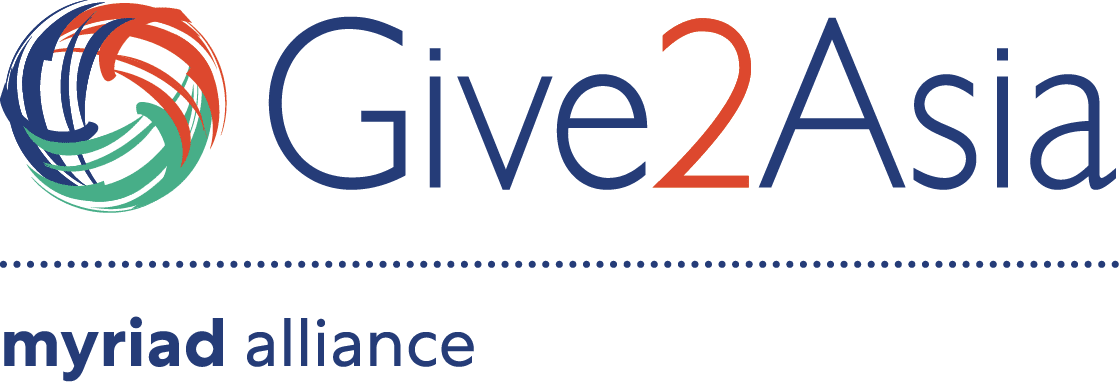The Sundarbans Region in Bangladesh is prone to cyclones, storm surges, floods, and droughts, including salinity intrusion, rising sea level, river erosion, water logging, and high tides. With its deterioration, millions of people in the region struggle to obtain basic needs like water and electricity. The lack of safe drinking water has led to outbreaks of water borne diseases in poor villages. Villages are enveloped in darkness after sunset due to the lack of electricity. Kerosene is available but expensive and causes respiratory problems. The high demand of villagers for cooking fuel contributed to the reduction of the mangrove forest, stemming from their lack of knowledge on environmental issues and climate change. In the fishing village of Mathurapur, the nearest cyclone shelter is 7 kilometers away where there is no guarantee of space due to the villagers’ low societal status. To cope, they devise their own risky techniques to survive (i.e. taking shelter in a boat with plastic drums tied to it).
The Bangladesh Environment and Development Society (BEDS) introduced Disaster Risk Reduction (DRR) techniques to the poor coastal villagers in the Sundarbans. BEDS is a non-profit, non-political organization committed to sustainable socio-economic development, conservation of natural resources, use of clean energy, and protection of the environment through research and activities.
INITIATIVES
Cyclone Center Construction
BEDS constructed a cyclone shelter in Mathurapur Village, which also serves as a DRR training center. BEDS educated the villagers how to assess their vulnerabilities using PRA tools (i.e. hazard mapping, seasonal calendar, problem trees); disaster signals; pre-, during, and post-disaster activities; and climate adaptive livelihood techniques (i.e. crab fattening, hanging gardens, etc.). It facilitated the formation of the village’s disaster management committee. International dates related to climate change and natural disasters are also celebrated with the community to keep them aware of global issues and their responsibilities.
Eco Village Project
To solve major problems in the Sundarbans coastal communities while preserving nature and achieving sustainable development, BEDS worked with other NGOs to pilot the Eco Village Project in three villages in Banishanta Union. The project is divided into four components: green housing, green education, green business, and green energy. Three ponds were re-excavated and installed with Solar Pond Sand and Filer (SPSF) to become potable, with the Pond Management Committee taking care of all facilities. Improved Cooking Stoves (ICS), which consume 50% less fuel than traditional ones, were distributed to 300 families.
Mangroves were protected through fencing and formation of the Mangrove Management Committee and villagers planted 60,000 mangroves along the riverside. Environmental education materials were developed and distributed to schools. Villagers were educated on environment-friendly fishing and farming practices. Fifteen local eco-tour guides and 90 local tour operators were trained and licensed after a feasibility study revealed the great potential of community-based eco-tourism in the Sundarbans as an alternative livelihood. Fifteen community people were trained to enhance their handicraft products as souvenir products.
To light up the villages at night, BEDS distributed solar lamps and solar home systems to families living in the Sundarbans coastal area. Solar stations and solar battery charging stations were also installed to provide electricity to schools and other establishments.
IMPACT
Cyclone Center Construction
Now that Mathurapur village has its own cyclone center, the villagers are now free from anxiety caused by impending natural calamities. Their loss and damage from natural disasters were also reduced to 50%. They have also begun applying the climate adaptive techniques they learned to their livelihood. The villagers are now producing vegetables and are involved in the crab fattening business.
“This Center is our strength. We can take shelter in it whenever necessary. We also conduct income-generating activities here so this building benefits us in two ways: it provides safety from natural disasters and gives us opportunity to earn extra money. It is our extreme pleasure to have such a great shelter.” – Chondona Barui, Fisherwoman
Eco Village Project
With the re-excavated and treated ponds, the villagers have become free from water borne diseases. They are now able to collect water three times a day even during the rainy season because of the brick roads constructed adjacent to the ponds. The ICS reduced the need of villagers for kerosene and other cooking fuel. Kitchens remain clear because smoke goes outside directly through a pipe. As a result, health issues like throat irritation, cough, bronchitis, and headaches were lessened.
The planting of 61,000 mangroves and protection of the area alleviated the distress of villagers on riverbank erosions. Environment education materials increased the knowledge of students on environmental issues, as reflected in their exams. Almost 30 farmers educated on environment-friendly farming practices are now applying it to their fields and gardens. They have begun using organic fertilizers, bio-traps, and bio-insecticides. The fishermen are now using bio-feeds, stopped giving antibiotics to their fish, and stopped catching baby fish and crabs.
The local tour guides trained on eco-tourism are practicing in their locality and joining tour companies, providing them with other sources of livelihood. The trained local operators are now conducting eco-tourism in the Sundarbans. They use the waste bins in their boats and informs tourists not to throw waste in the river. They also inform tourists about the general laws in the forest. The handicraft beneficiaries trained are now making new products that they sell in the local markets and tourists.
With the installation of solar stations and provision of solar lamps, light is provided to more than 17 villages and electricity is now available in schools and other establishments. It paved the way for the opening of new digital businesses (i.e. internet services, photography, photocopy, laminating, and printing services) that provided good services to the communities at reasonable prices.
“Before, my children were not interested in studying at night. Now, they enjoy studying in the evening and some children in our neighbourhood join them as well. I am very glad that the children are interested in studying. This solar lantern has brought a big change in our life.” – Bipasha Shil, Housewife
This article is a project of The Bangladesh Environment and Development Society (BEDS) . To support their work, click here.




